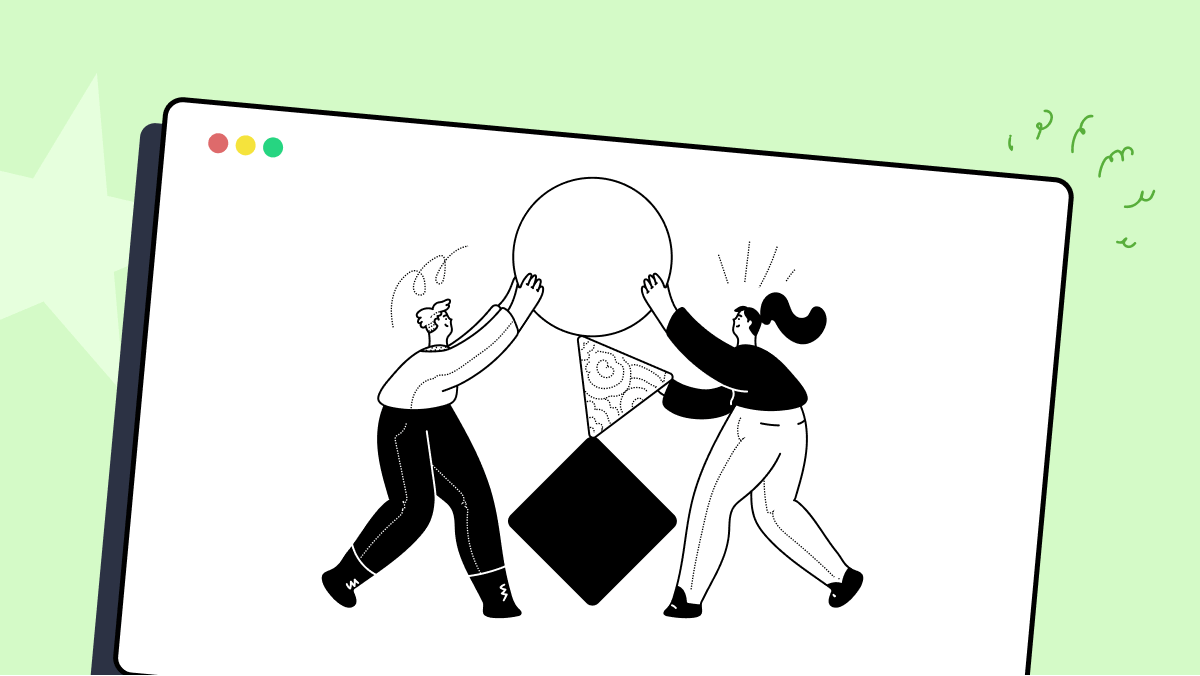How to use eligibleForReTry method of com.testsigma.automator.runners.ActionStepExecutor class
Best Testsigma code snippet using com.testsigma.automator.runners.ActionStepExecutor.eligibleForReTry
Source: ActionStepExecutor.java
...67 private ActionResult reTrySnippetIfEligible(ActionResult snippetResult, DriverAction snippet,68 TestCaseStepEntity testCaseStepEntity,69 TestCaseStepResult testCaseStepResult) throws AutomatorException {70 for (int i = 0; i < testCaseStepEntity.getNoOfRetriesOnStepFailure(); i++) {71 boolean reTryRequired = eligibleForReTry(snippetResult, snippet, testCaseStepEntity, testCaseStepResult);72 if (reTryRequired) {73 testCaseStepResult.setRetriedCount(testCaseStepResult.getRetriedCount() + 1);74 log.info("Snippet Retry Count - " + testCaseStepResult.getRetriedCount());75 snippetResult = snippet.run();76 } else {77 log.info("Snippet is not eligible for retry...continuing");78 break;79 }80 }81 return snippetResult;82 }83 private boolean eligibleForReTry(ActionResult snippetResult, DriverAction snippet, TestCaseStepEntity stepEntity,84 TestCaseStepResult stepResult) {85 if (snippetResult != ActionResult.FAILED) {86 return false;87 }88 if (stepResult.getRetriedCount() < stepEntity.getNoOfRetriesOnStepFailure() && snippet.getException() != null89 && snippet.getException().getCause() != null) {90 if (snippet.getException().getCause() instanceof StaleElementReferenceException) {91 log.info("Snippet is eligible for retry...retrying");92 return true;93 }94 }95 return false;96 }97 private RuntimeDataProvider prepareRunTimeDataProvider() {...eligibleForReTry
Using AI Code Generation
1import com.testsigma.automator.runners.ActionStepExecutor;2import com.testsigma.automator.runners.ActionStepExecutor.ActionStepExecutorBuilder;3public static void eligibleForReTry(ActionStepExecutorBuilder actionStepExecutorBuilder) {4 ActionStepExecutor actionStepExecutor = actionStepExecutorBuilder.build();5 actionStepExecutor.eligibleForReTry();6}7public static void eligibleForReTry(ActionStepExecutorBuilder actionStepExecutorBuilder) {8 ActionStepExecutor actionStepExecutor = actionStepExecutorBuilder.build();9 actionStepExecutor.eligibleForReTry();10}11public static void eligibleForReTry(ActionStepExecutorBuilder actionStepExecutorBuilder) {12 ActionStepExecutor actionStepExecutor = actionStepExecutorBuilder.build();13 actionStepExecutor.eligibleForReTry();14}15public static void eligibleForReTry(ActionStepExecutorBuilder actionStepExecutorBuilder) {16 ActionStepExecutor actionStepExecutor = actionStepExecutorBuilder.build();17 actionStepExecutor.eligibleForReTry();18}19public static void eligibleForReTry(ActionStepExecutorBuilder actionStepExecutorBuilder) {20 ActionStepExecutor actionStepExecutor = actionStepExecutorBuilder.build();21 actionStepExecutor.eligibleForReTry();22}23public static void eligibleForReTry(ActionStepExecutorBuilder actionStepExecutorBuilder) {24 ActionStepExecutor actionStepExecutor = actionStepExecutorBuilder.build();25 actionStepExecutor.eligibleForReTry();26}27public static void eligibleForReTry(ActionStepExecutorBuilder actionStepExecutorBuilder) {28 ActionStepExecutor actionStepExecutor = actionStepExecutorBuilder.build();29 actionStepExecutor.eligibleForReTry();30}31public static void eligibleForReTry(ActionStepExecutorBuilder actionStepExecutorBuildereligibleForReTry
Using AI Code Generation
1ActionStepExecutor actionStepExecutor = ActionStepExecutor.getInstance();2ActionStepExecutionResult executionResult = actionStepExecutor.executeActionStep(actionStep, actionStepExecutionContext);3if(executionResult.isFailed() && actionStepExecutor.eligibleForRetry(executionResult, actionStepExecutionContext)){4 executionResult = actionStepExecutor.executeActionStep(actionStep, actionStepExecutionContext);5}6actionStepExecutionContext.setActionStepExecutionResult(executionResult);7ActionStepExecutionContext actionStepExecutionContext = ActionStepExecutionContext.getInstance();8ActionStep actionStep = actionStepExecutionContext.getActionStep();9ActionStepExecutionResult executionResult = actionStepExecutionContext.getActionStepExecutionResult();10ActionStepExecutionResult executionResult = actionStepExecutionContext.getActionStepExecutionResult();11if(executionResult.isFailed() && actionStepExecutor.eligibleForRetry(executionResult, actionStepExecutionContext)){12 executionResult = actionStepExecutor.executeActionStep(actionStep, actionStepExecutionContext);13}14actionStepExecutionContext.setActionStepExecutionResult(executionResult);eligibleForReTry
Using AI Code Generation
1import com.testsigma.automator.runners.ActionStepExecutor;2boolean result = ActionStepExecutor.eligibleForReTry(5, 5000);3if(result == true){4}5import com.testsigma.automator.runners.ActionStepExecutor;6boolean result = ActionStepExecutor.eligibleForReTry(5, 5000);7if(result == true){8}Blogs
Check out the latest blogs from LambdaTest on this topic:
 QA testers have a unique role and responsibility to serve the customer. Serving the customer in software testing means protecting customers from application defects, failures, and perceived failures from missing or misunderstood requirements. Testing for known requirements based on documentation or discussion is the core of the testing profession. One unique way QA testers can both differentiate themselves and be innovative occurs when senseshaping is used to improve the application user experience.
QA testers have a unique role and responsibility to serve the customer. Serving the customer in software testing means protecting customers from application defects, failures, and perceived failures from missing or misunderstood requirements. Testing for known requirements based on documentation or discussion is the core of the testing profession. One unique way QA testers can both differentiate themselves and be innovative occurs when senseshaping is used to improve the application user experience.
In some sense, testing can be more difficult than coding, as validating the efficiency of the test cases (i.e., the ‘goodness’ of your tests) can be much harder than validating code correctness. In practice, the tests are just executed without any validation beyond the pass/fail verdict. On the contrary, the code is (hopefully) always validated by testing. By designing and executing the test cases the result is that some tests have passed, and some others have failed. Testers do not know much about how many bugs remain in the code, nor about their bug-revealing efficiency.
Are members of agile teams different from members of other teams? Both yes and no. Yes, because some of the behaviors we observe in agile teams are more distinct than in non-agile teams. And no, because we are talking about individuals!
When most firms employed a waterfall development model, it was widely joked about in the industry that Google kept its products in beta forever. Google has been a pioneer in making the case for in-production testing. Traditionally, before a build could go live, a tester was responsible for testing all scenarios, both defined and extempore, in a testing environment. However, this concept is evolving on multiple fronts today. For example, the tester is no longer testing alone. Developers, designers, build engineers, other stakeholders, and end users, both inside and outside the product team, are testing the product and providing feedback.
Automation Testing Tutorials
Learn to execute automation testing from scratch with LambdaTest Learning Hub. Right from setting up the prerequisites to run your first automation test, to following best practices and diving deeper into advanced test scenarios. LambdaTest Learning Hubs compile a list of step-by-step guides to help you be proficient with different test automation frameworks i.e. Selenium, Cypress, TestNG etc.
LambdaTest Learning Hubs:
- JUnit Tutorial
- TestNG Tutorial
- Webdriver Tutorial
- WebDriverIO Tutorial
- Protractor Tutorial
- Selenium 4 Tutorial
- Jenkins Tutorial
- NUnit Tutorial
- Jest Tutorial
- Playwright Tutorial
- Cypress Tutorial
- PyTest Tutorial
YouTube
You could also refer to video tutorials over LambdaTest YouTube channel to get step by step demonstration from industry experts.
Most used method in ActionStepExecutor
Try LambdaTest Now !!
Get 100 minutes of automation test minutes FREE!!



